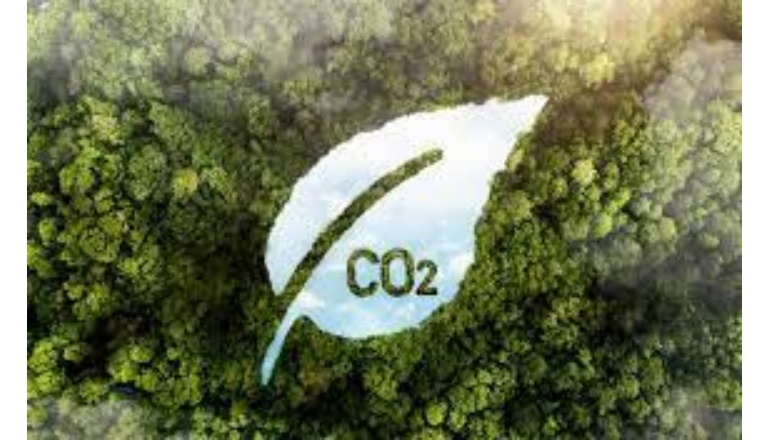Having studied models in Europe and other environmentally conscious nations, India is set to establish regulations for its domestic carbon market in the upcoming months.
Dirk Forrister, President and CEO of the International Emission Trading Association (IETA), confirmed the development. He said, “On the demand side, the strength of the market is to be set by regulations. We don’t know how tough they are but they will be coming out in the coming months and not years away. We are waiting for details as to what the targets would look like, and what flexibility will be affordable.”
Large Indian corporations are actively participating in the carbon market development in India, leveraging their global assets to meet the increasing demand for cleaner products in European markets.
Additionally, the government has identified a set of target areas where foreign investments may consider approving carbon credits for exports into international markets.
Furthermore, the government is working to attract more investments in renewables and energy efficiency programs, while also addressing its power needs and infrastructure requirements.
India has enormous potential to reduce carbon emissions in both natural and industrial production, improving electricity production.
It must be noted that India’s Perform, Achieve, and Trade program is expanding to include heavy industries like steel, chemicals, fertilizers, and power, transforming it into a significant carbon market.

